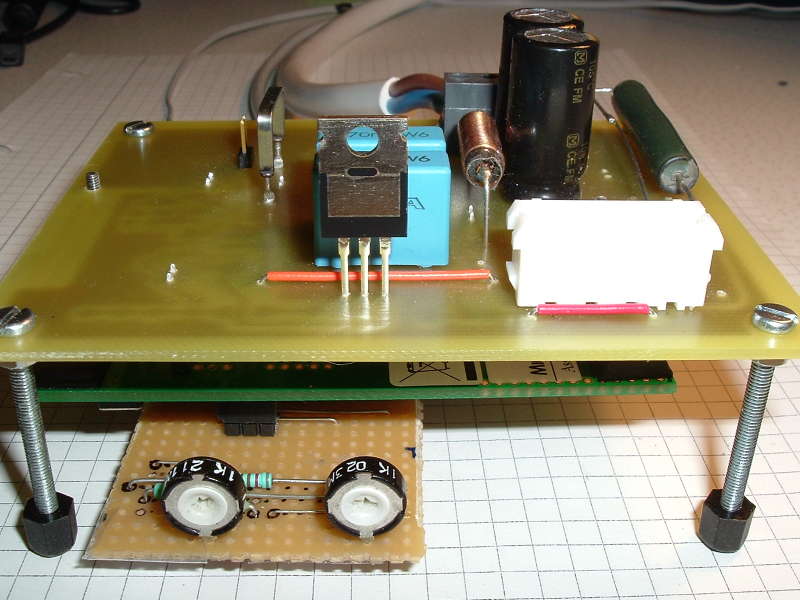Results 1 to 5 of 5
-
03-19-2015, 09:10 AM #1
Are Induction Heated Nozzles The Future of 3D Printing?
3D printing enthusiast Brian Benchoff of Hackaday is interested in seeing 3D printing pick up speed, and has been considering the uses of traditional resistant heat versus inductive heat, looking a couple of different projects, both successful but rudimentary still. Using a higher voltage of power and surpassing the limitations of current controller boards seems to be the key, but systems using induction-heated nozzles will definitely require more refining before it becomes a mainstream process. Check out more about induction-heated nozzle use in the full article: http://3dprint.com/52198/induction-heated-nozzles/
Below is a look at a graduate student's induction-heated nozzle setup:

-
03-19-2015, 10:27 AM #2
No it's probably not the future of 3d printing.
What would be pretty cool would be a nozzle based on a peltier junction.
Hot on the inside and cold on the outside. A fan could blow actively cold air onto the filament and printing area and peltier junctions can operate at relatively low voltages.
Mind you I suppose if you stacked a bunch of induction hotends together you could probably use them to make a gauss gun :-)
So multi purpose :-)
-
03-19-2015, 11:15 AM #3
I don't know how it could help. An induction coil would weigh more than the light resistor currently being used. And on these beasts, weight on moving parts like the head and carriage is bad.
I have already begun some research in using peltiers as well. Not for hot ends though, I don't know of any that would function for any length of time at 120c or more. My research is more aimed at a peltier solution for acetone vapor smoothing. My initial pencil design would use the pelter's dual nature in our favor. Since its a heat mover, I would leverage both the cold and the hot side. The hot side would heat the acetone to around 100c. The cold side would be used as a water chiller. The water would then be circulated through a copper coil located at the top of the acetone vessel. This would cool and condense the acetone back into the supply basin.
The heat would boil and vaporize the acetone. This would fill the vessel with the vapor, and since acetone vapor is a heavy vapor, it would fill from the bottom to the top. Once it fills and reaches the top, it would condense and flow back down to be boiled again. A natural toroidal convection current would naturally occur with hot vapor rising in the center and cooled liquid and vapor sinking at the outer edges. This would create a non-mechanical vapor wind within the vessel thus exposing the ABS part to a uniform moving vapor supply.
The whole thing would run on 12v, including the water circulation pump. The pump is commonly available from liquid cooling systems for overclocked computers. Same with the peltier chip, ebay food. An aluminum block would need to be sourced to distribute the heat across the bottom of the vessel. The cool side would be the water block again commonly available from overclocker parts (the water block would have normally been on the hot side of the peltier). The remainder of the parts should be simple hardware store supplies (tubing, connectors, hoses, etc). The water block would only run about $5, the pump+reservoir would be about $15. I chunk of aluminum scrap from a CNC shop might set you back $5. An aluminum pot or ceramic crock from a thrift store $1-$5. Maybe another $20 for hardware and tubing. Second hand 12v computer power supply, maybe $10-$15. Entire project should come in at less than $100. The TEC module is still up in the air. Still working out what wattage I will need. Leaning toward 100-200w. range.
-
03-19-2015, 11:46 AM #4Banned

- Join Date
- Jan 2015
- Posts
- 306
-
03-19-2015, 12:43 PM #5






 Reply With Quote
Reply With Quote





Do bed magnets deteriorate.
04-29-2024, 01:35 AM in General 3D Printing Discussion